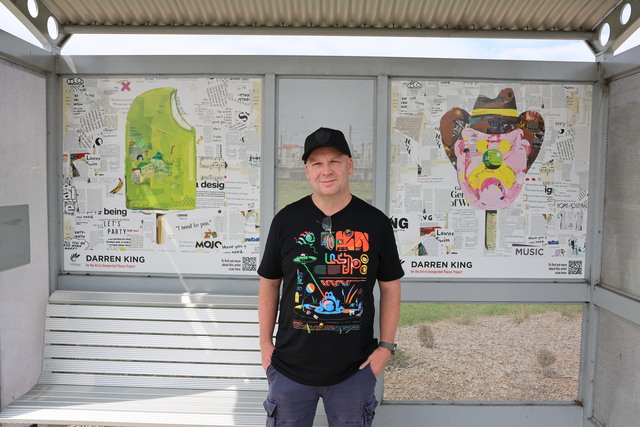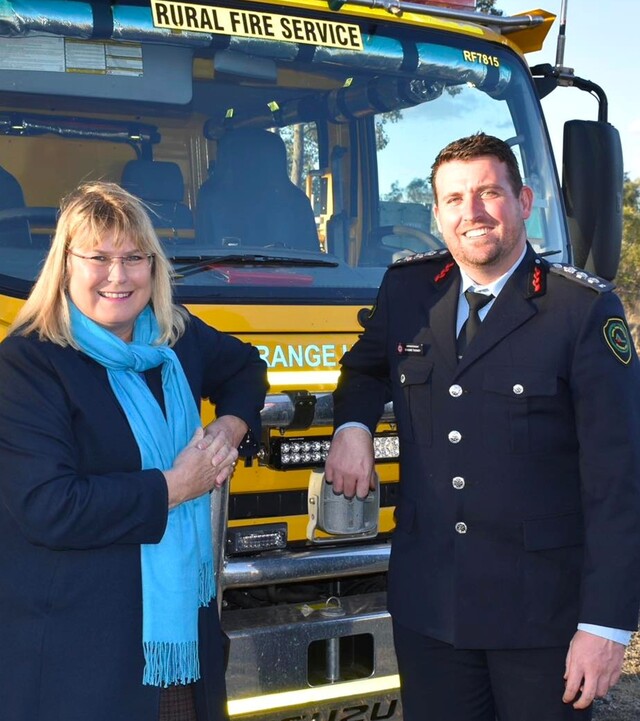About six months after taking office, the Abbott Government quietly closed its Major Cities Unit within the Department of Infrastructure.
It was all part of the New Federalism agenda.
Now the chickens have come home to roost as the Treasurer searches for a cogent solution to the housing demand/supply imbalance in Sydneyand Melbourne.
He only has macro-economic tools at his disposal, and clearly his advisers are clueless.
Hence he suggests prospective home-owners just need to aim higher.
For my sins, I was once the Chair of the federal government’s Construction Forecasting Committee, so I’ve got a bit of baggage I’d like to unload.
The truth of the matter is that developers, housing companies, industry associations, unions, banks, investors, and federal and state treasuries like to see strong housing markets.
There is a quiet cabal that reinforces actions within the system.
The countervailing forces, the consumers, have neither power nor voice.
Affordable housing is left to the Greens, social support groups and academics.
It is critically important that the federal government now become involved on behalf of consumers.
Demand side
I stayed with a mate in Nunawading, Victoria, recently and we wandered down the road to watch a house auction.
About 100 were there, and the bidders were middle-aged Asian immigrants with translators taking advice over the phone.
As the auctioneer chortled about a desirable area in the world’s most desirable city, the bidders pushed upwards and onwards, dumbfounding the local residents gathered in the street.
My mind is reeling – multicultural society, global world, immigration running hard, they have to live somewhere, who’s really financing them, have our young families headed to peri-urban areas?
The other hot topic is negative gearing.
But the Treasurer says its removal will exacerbate the problem.
Untested supposition, another example of the cabal at work.
Supply side
On the supply side, there are six supply-side responses that immediately come to mind.
- Policies to steer buyers into the regional towns and cities. There is clear market failure, and an economic argument for incentives for people to relocate to regional areas to create balanced growth.
- The release of federal and state land as part of sensible urban in-fill that includes medium-density housing and business parks. The feds have heaps of unused land, but the departments of Defence and Finance guard this on spurious grounds.
- Greater emphasis on the integration of transport, land use and housing agendas. If transport systems better connected with where people live, we’d improve the economics of transport systems and housing developments. The classic case is Canberra where the Light Rail will wander through empty paddocks to low-density suburbs in Gungahlin.
- Increased effort to reduce the cost of building inputs. There is considerable anecdotal evidence that our steel, timber, labour etc. are getting expensive by world standards.
- A fresh effort to introduce more performance-based measures into the Building Code of Australia, to open the way for new, cost-saving technologies.
- The encouragement of our builders and developers to embrace best practice in medium-density housing.
Parly 2 – best practice in medium-density housing
A house on a quarter acre block is increasingly out of reach for many home buyers in Sydney and Melbourne.
Medium-density housing is the realistic solution, and some good developments have come on-stream in recent years.
However I’d suggest that we’re behind best practice in Europe.
A brilliant example is Parly 2, a residential development in Versailles, 16km southwest of the centre of Paris.
Developed in the 1970s, it has 60-80 clusters of three-storey apartment buildings across 100 hectares.
A shopping complex the size of Chadstone, smaller supermarkets, hotels, theatres, soccer and hockey fields, tennis courts, swimming pool, horseback riding, athletics track, nurseries, playgrounds, schools, hospital, medical chambers and business offices.
Each apartment has an underground carpark and storage room, and a concierge.
He is a critical player because whether you buy or rent, you sign a document promising to behave yourself.
Any anti-social behaviour, such as late night parties, smoking pot, and fighting with neighbours, results in a visit from the concierge, if not the gendarmerie.
It’s not a gated community, and the 15,000 residents live harmoniously.
It doesn’t feel that populous.
Rental for a largish 2-bedroom apartment is $600/week.
Thinking laterally, Sydney has Canterbury racecourse being sparingly used, and a sell-off has been talked about.
It is 11km from the Sydney CBD and about 100 hectares in area.
It could be a model project.
If you’re a councillor in Canterbury, when next in Europe, a Paris-
Versailles train ticket is a great investment at €5.60.
Conclusion
Housing affordability is a big national issue.
It’s a complex field, but the weak action at present on the supply side must be addressed with leadership and coordination.
The feds need to be there.
The Department of Infrastructure is the natural home.







